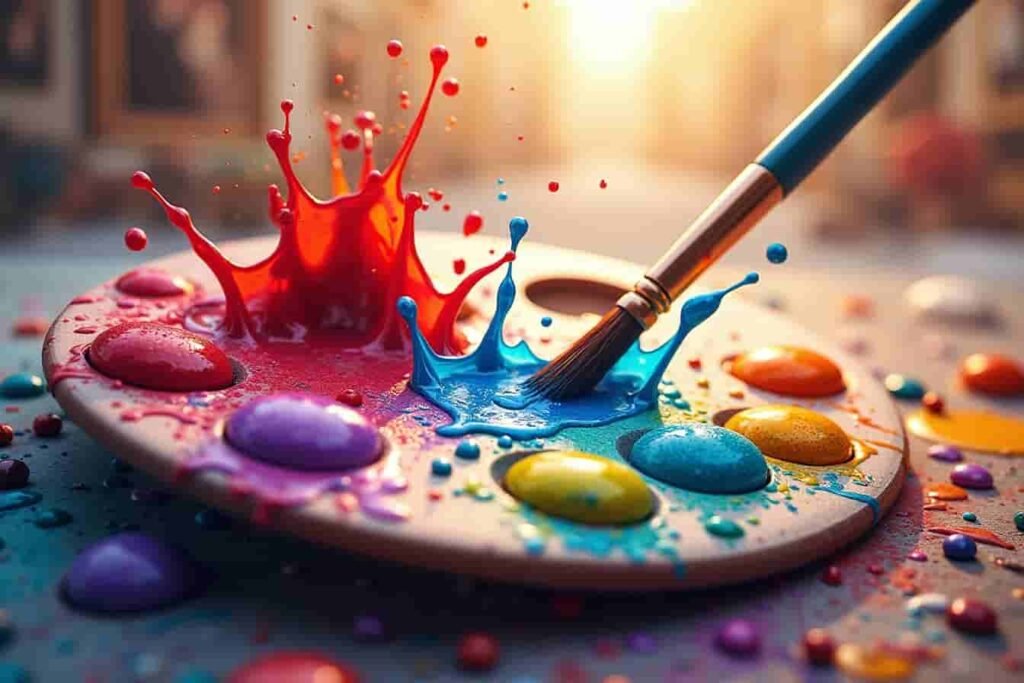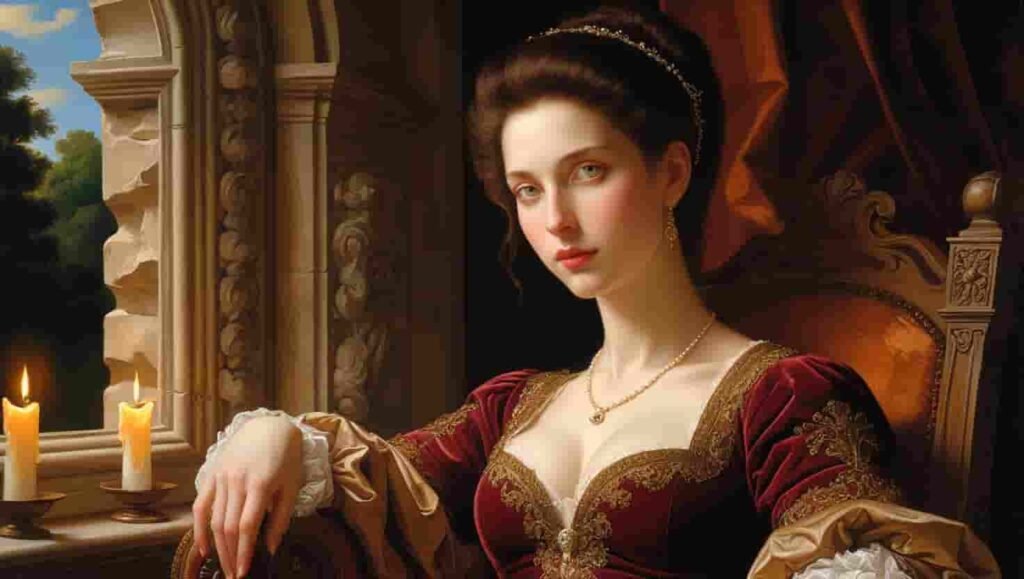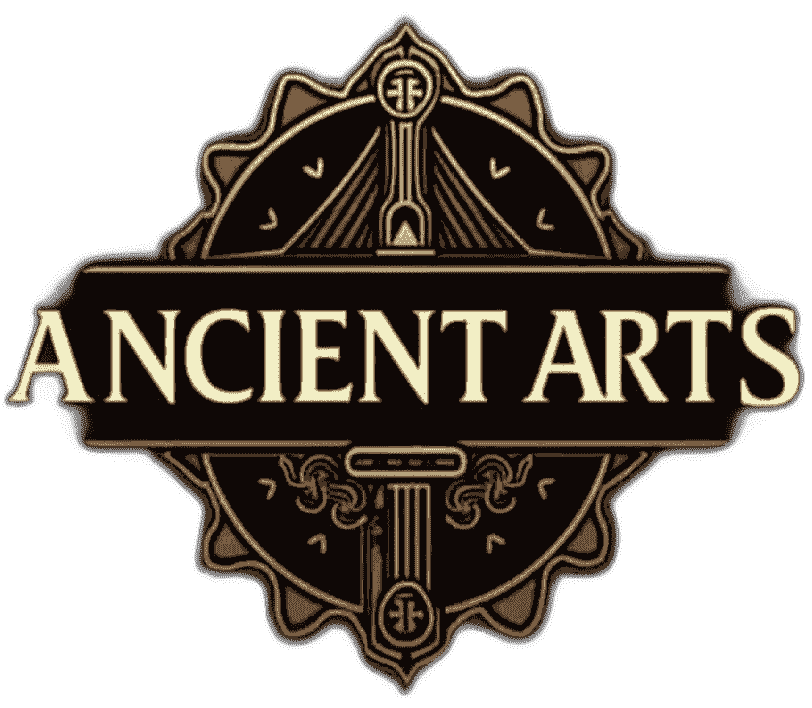Introduction
Art in Japanese culture represents an extraordinary legacy spanning thousands of years marked by distinctive aesthetics technical innovation and profound philosophical underpinnings. From ancient pottery to contemporary anime the evolution of Japanese artistic expression reflects the nation’s complex history spiritual beliefs and unique worldview. This exploration delves into the rich tapestry of Japanese Art examining traditional forms like ukiyo-e and calligraphy alongside modern interpretations including tattoo design digital art and pop culture phenomena that continue to fascinate global audiences today.
The Historical Foundations of Japanese Art
Ancient Beginnings: Jōmon to Heian Period
Japanese artistic tradition begins with the Jōmon period (14500-300 BCE) when early inhabitants created elaborate pottery decorated with rope patterns. These ancient artifacts showcase an early Japanese aesthetic sensibility that valued both functionality and decorative beauty. The subsequent Yayoi period introduced bronze bells and mirrors displaying Chinese influence which would become a recurring theme in Japanese Art history.
The arrival of Buddhism in the 6th century CE transformed Japanese Art introducing temple architecture sculpture and religious painting. Masterpieces like the temple complexes at Nara demonstrate how Japanese artists adapted continental influences while developing their distinctive approach. The Heian period (794-1185) witnessed the emergence of yamato-e painting characterized by vivid colors and narrative illustration often depicting scenes from literature and court life.
Medieval Japanese Aesthetics: Kamakura to Muromachi Period
The medieval era in Japan saw artistic expression increasingly shaped by Zen Buddhism and samurai culture. Ink wash painting (sumi-e) developed as artists sought to capture the essence of subjects with minimal brushstrokes embodying the Zen principles of simplicity and direct insight. The concept of wabi-sabi emerged celebrating imperfection impermanence and natural aging processes.
Landscape painting flourished during this period with artists creating idealized natural scenes that served as aids to meditation and spiritual contemplation. Japanese gardens likewise embodied these aesthetic principles using natural elements to create microcosms of the universe designed for reflection and philosophical insight.
Edo Period: The Golden Age of Japanese Printmaking
The Edo period (1603-1868) represents a pivotal moment in Japanese Art history with the flourishing of ukiyo-e or “pictures of the floating world.” These woodblock prints depicted urban life entertainment districts actors courtesans landscapes and eventually influenced Western art through the phenomenon of Japonisme in the late 19th century.
Master ukiyo-e artists like Hokusai and Hiroshige created iconic works that remain instantly recognizable worldwide. Hokusai’s “The Great Wave off Kanagawa” featuring towering waves with Mount Fuji in the background represents perhaps the most famous Japanese artwork internationally while his “36 Views of Mount Fuji” series demonstrates the Japanese reverence for this sacred mountain.
The vibrant visual culture of Edo period Japan extended beyond prints to include painted screens folding fans netsuke (miniature sculptures) lacquerware and textile design establishing aesthetic principles that continue to influence Japanese design sensibilities today.
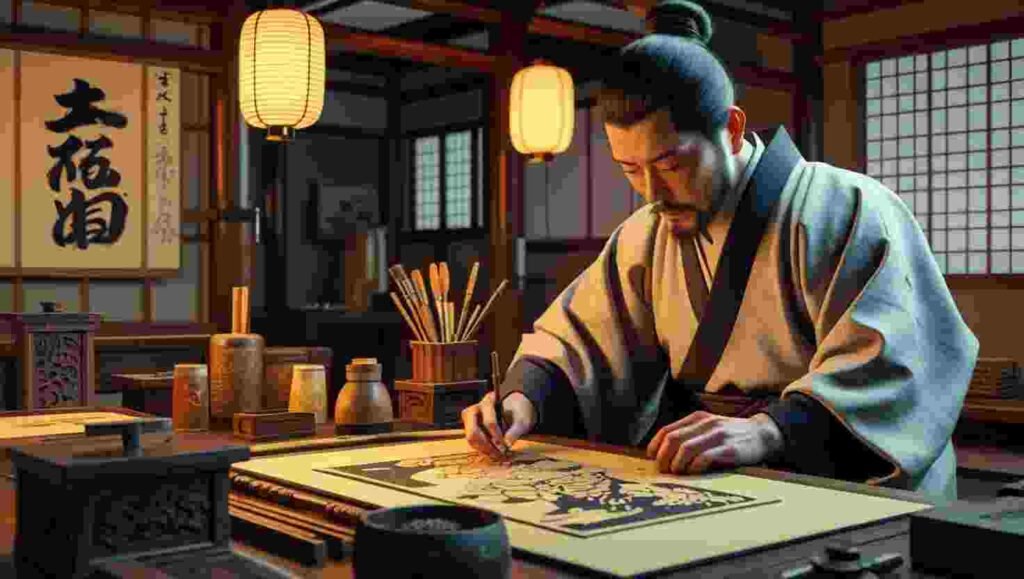
Traditional Japanese Art Forms
Calligraphy: The Art of Beautiful Writing
Calligraphy (shodo) holds special significance in Japanese artistic tradition blending literary meaning with visual expression. Practitioners train for decades to master brush techniques that capture energy emotion and movement within seemingly simple characters. The art form divides into multiple styles ranging from the formal and precise kaisho to the flowing expressive styles of gyosho and the abstract artistic sousho.
In Japanese calligraphy the empty space surrounding characters holds equal importance to the brushstrokes themselves embodying the concept of ma or meaningful emptiness. Calligraphy represents more than beautiful writing. it serves as spiritual practice artistic expression and philosophical statement simultaneously.
Pottery and Ceramics: Earth Transformed
Japanese ceramic traditions encompass diverse regional styles each with distinctive characteristics. Raku ware created for tea ceremonies features deliberately irregular forms emphasizing natural beauty and chance effects. Imari porcelain with its vibrant underglaze decorations contrasts with the restrained elegance of Hagi ware known for subtle glazes that change appearance over time.
The Japanese ceramic aesthetic often celebrates qualities Western traditions might consider flaws asymmetry visible tool marks and natural variations in glazing. The philosophical concept of kintsugi repairing broken pottery with gold lacquer epitomizes this appreciation for imperfection highlighting repair history rather than disguising it.
Ikebana: The Way of Flowers
Ikebana represents Japanese flower arrangement as sophisticated art form employing minimalist principles to create compositions that express the essence of natural beauty. Unlike Western flower arrangements that often emphasize symmetry and fullness ikebana focuses on line form space and rhythm creating arrangements that suggest natural landscapes and seasonal changes.
The practice follows several major schools including Ikenobo Sogetsu and Ohara each with distinctive approaches and philosophical underpinnings. Ikebana arrangements typically incorporate three main lines representing heaven earth and humanity reflecting Shinto and Buddhist cosmological principles while emphasizing harmony with nature.
Japanese Visual Symbolism
Animals in Art in Japanese
Koi Fish: Perseverance and Transformation
Koi fish appear frequently in Japanese Artsymbolizing perseverance courage and transformation. Legend tells of koi swimming upstream against powerful currents eventually transforming into dragons representing the human journey toward spiritual enlightenment. Hi-res Japanese koi art captures these fish with vibrant colors flowing movements and distinctive patterns making them popular subjects in paintings screens tattoos and digital artwork.
The symbolism of koi resonates deeply in Japanese culture representing the ability to overcome obstacles and achieve greatness through determination. Contemporary artists continue exploring this theme creating striking representations of koi in traditional and digital media often using gold silver and vibrant red pigments against dark backgrounds to create dramatic visual impact.
Cats in Japanese Art: Mystery and Protection
Cats occupy a special place in Japanese artistic tradition appearing in countless paintings prints and sculptures throughout history. Unlike Western traditions where cats sometimes carried negative associations Japanese culture largely viewed cats as protective figures bringing good fortune and warding off evil spirits.
The famous maneki-neko or beckoning cat figurine with raised paw invites good fortune into homes and businesses representing one of Japan’s most recognizable artistic motifs. Ukiyo-e master Kuniyoshi created numerous prints featuring cats sometimes anthropomorphized or arranged to form kanji characters demonstrating both artistic playfulness and deep cultural significance.
Birds in Japanese Art: Freedom and Transcendence
Birds appear throughout Japanese artistic tradition from ancient Jōmon pottery to contemporary design. Cranes symbolize longevity good fortune and marital happiness while hawks represent strength and perspective. The phoenix (hō-ō) embodies imperial power and spiritual rebirth while owls can represent both wisdom and warning depending on context.
Japanese artists traditionally depicted birds with remarkable attention to anatomical detail while simultaneously capturing their spiritual essence. Contemporary Japanese bird art continues this tradition using both traditional techniques and modern media to explore avian subjects as symbols of nature’s beauty and freedom.
Mythological Creatures in Art in Japanese
Dragons: Divine Power and Wisdom
Dragons in Art in Japanese differ significantly from Western counterparts representing benevolent divine beings associated with water weather and wisdom. Japanese dragons typically appear with three claws serpentine bodies and distinctive features including whiskers prominent nostrils and jewels or pearls symbolizing their supernatural essence.
Japanese dragon tattoo art remains enormously popular both within Japan and internationally with designs ranging from traditional full-back pieces to contemporary interpretations incorporating elements from anime manga and digital art. These tattoos often represent strength protection and spiritual power while showcasing the distinctive visual language of Japanese mythological iconography.
Oni Masks: Confronting Darkness
Oni masks represent Japanese demons or ogres characterized by horns fangs and menacing expressions. Originally depicting malevolent supernatural beings oni eventually came to symbolize human negative emotions and destructive tendencies that must be acknowledged and overcome.
Japanese oni mask cyberpunk drawing art represents a fascinating contemporary fusion blending traditional yokai imagery with futuristic dystopian aesthetics. These modern interpretations often feature neon colors mechanical elements and digital glitches while maintaining the recognizable oni features creating striking visual contrasts between ancient mythology and imagined technological futures.
Hell in Japanese Art: Buddhist Cosmology Visualized
Buddhist conceptions of hell appear vividly in Japanese artistic tradition particularly in scroll paintings depicting the various realms of suffering awaiting wrongdoers after death. These works served didactic purposes encouraging ethical behavior while demonstrating remarkable artistic imagination in visualizing supernatural punishment.
The “Jigoku Zoshi” or “Hell Scrolls” represent perhaps the most famous depictions displaying various hells with gruesome detail. Modern Japanese artists continue exploring these themes through contemporary media including anime film and digital art examining psychological states moral questions and existential anxiety through traditional iconographic frameworks.
The Language of Art in Japanese
Art in Japanese Kanji: Visual and Linguistic Meaning
The Japanese word for art—芸術 (geijutsu) combines characters representing “performance/skill” and “learning/technique” reflecting the integration of practice and theory. The traditional arts often use the term 道 (dō) meaning “way” or “path” emphasizing that artistic pursuit represents spiritual discipline and lifelong journey rather than mere technical skill.
Calligraphy offers unique intersection between linguistic and visual expression where kanji themselves become artistic subjects. The character 美 (bi) meaning “beauty” features prominently in discussions of aesthetics while concepts like 侘び (wabi) and 寂び (sabi) require entire aesthetic philosophies to translate adequately.
Expressing Emotion: Anxiety and Hope in Japanese Art
Japanese artistic tradition developed sophisticated visual language for expressing psychological states. The concept of mono no aware the pathos of things appears in cherry blossom imagery capturing simultaneous beauty and impermanence. Traditional landscape painting often expresses human emotional states through natural imagery using mist-shrouded mountains turbulent seas or tranquil gardens as metaphors for internal experience.
Contemporary Japanese artists continue exploring themes of anxiety and hope particularly following historical traumas like World War II atomic bombings and natural disasters. Artists like Yayoi Kusama have created internationally acclaimed works processing personal psychological struggles through repeated patterns immersive installations and distinctive visual motifs that bridge traditional Japanese aesthetics with contemporary artistic practice.
Japanese Art in Contemporary Culture
Japanese Wall Art in Modern Interiors
Traditional Japanese aesthetics have profoundly influenced contemporary interior design worldwide. Japanese wall art including ukiyo-e prints calligraphy scrolls and contemporary interpretations bring minimalist elegance naturalistic themes and philosophical depth to modern spaces. The restrained color palettes emphasis on negative space and seasonal references characteristic of Japanese design complement contemporary architectural trends.
Digital reproduction technologies have made high quality Japanese Art prints widely available allowing global audiences to incorporate these aesthetic elements into personal spaces. Contemporary designers often juxtapose traditional Japanese wall art with modern furnishings creating sophisticated interiors that balance historical reference with present day functionality.

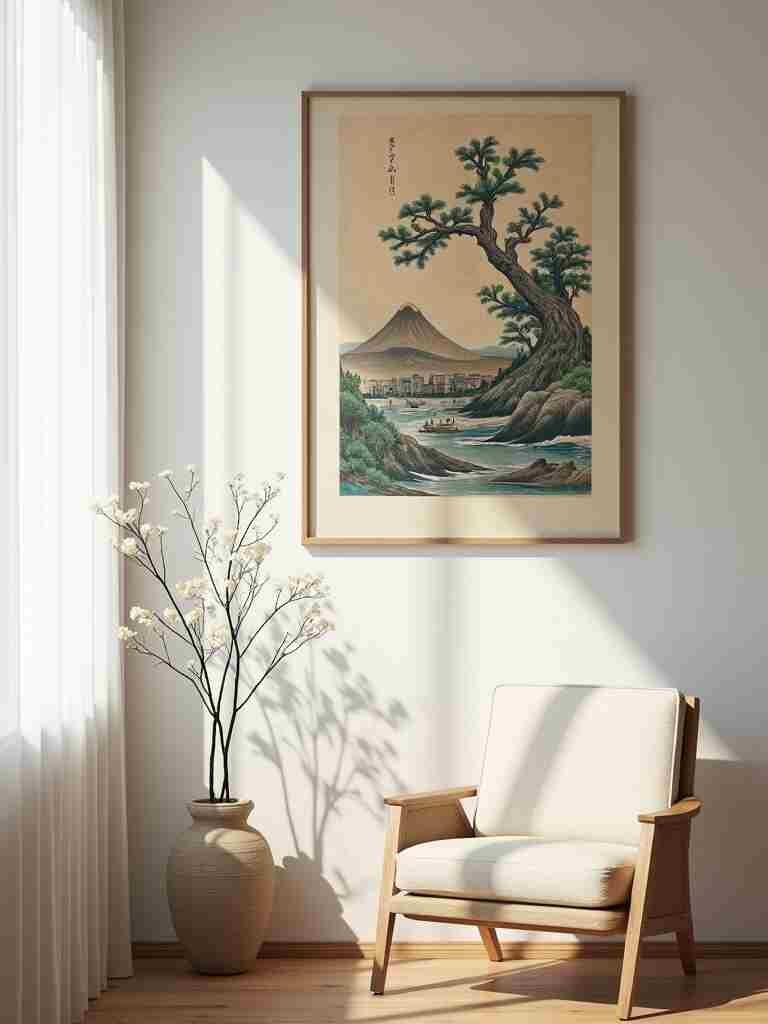
Japanese Art Wallpaper: Digital Adaptation of Traditional Aesthetics
The growing popularity of Art in Japanese wallpaper for digital devices demonstrates continuing relevance of these visual traditions. Designs featuring cherry blossoms Mount Fuji wave patterns and calligraphy adapt historical Japanese aesthetics for contemporary technology maintaining cultural connection through everyday digital interactions.
High-resolution wallpapers featuring Japanese motifs allow users to personalize electronic environments with meaningful artistic references. This digital adaptation represents evolving relationship between traditional art forms and modern technology preserving cultural heritage while making it accessible through contemporary media.
Anime and Manga: Evolution of Japanese Visual Storytelling
Japanese animation and comics represent perhaps the most globally influential contemporary Art in Japanese forms evolving from traditional visual storytelling techniques into distinctive modern expressions. Stylistic elements from ukiyo-e woodblock prints including bold outlines flat color planes and dynamic composition directly influenced early manga development establishing visual continuity between historical and contemporary Japanese graphic arts.
Characters like Spider-Man have received Japanese cover art interpretations demonstrating cross-cultural artistic exchange. These adaptations often incorporate traditional Japanese compositional techniques brushwork styles and iconographic elements while maintaining recognizable Western characters creating fascinating hybrid visual expressions.
Japanese Aesthetic AI Art: Tradition Meets Technology
Recent developments in artificial intelligence have enabled creation of Japanese aesthetic AI art combining traditional visual principles with computational creativity. AI systems trained on historical Japanese artworks can generate new compositions maintaining stylistic consistency while producing unique variations that explore traditional themes through contemporary technological methods.
The Japanese aesthetic AI art girl bikini cute anime genre represents controversial intersection of traditional artistic elements modern pop culture and emerging technology raising important questions about authenticity representation and the evolving nature of artistic creation in digital environments. These AI-generated images often combine elements from ukiyo-e anime fashion photography and digital illustration creating complex visual hybrids that both reference and transform Japanese artistic traditions.
Japanese Tattoo Art: Body as Canvas
Traditional Irezumi: Cultural Heritage and Artistic Expression
Japanese tattoo tradition (irezumi) developed over centuries into sophisticated art form featuring complex iconography distinctive techniques and full-body compositions. Traditional motifs include dragons koi phoenixes tigers samurai and nature scenes often drawn from folklore mythology and religious tradition. Master tattoo artists traditionally worked using hand-poked technique (tebori) creating graduated color fields and distinctive line quality difficult to replicate with modern machines.
Despite historical associations with criminality traditional Japanese tattoo art has gained international recognition as significant artistic tradition. Contemporary practitioners both within Japan and globally maintain traditional imagery and techniques while introducing innovations in color application design concepts and stylistic approaches.
Modern Interpretations: Japanese Dragon Tattoo Art
Japanese dragon tattoo art represents one of the most popular traditional motifs internationally adapted for diverse cultural contexts while maintaining distinctive visual characteristics. Traditional Japanese dragons feature serpentine bodies scales horns and association with water elements often surrounded by waves clouds or lightning demonstrating dynamic movement through composition and placement on the body.
Contemporary tattoo artists combine traditional Japanese dragon imagery with modern techniques color palettes and design sensibilities creating pieces that honor historical tradition while reflecting individual artistic vision and client preferences. These designs range from strictly traditional interpretations to fusion styles incorporating elements from other tattoo traditions graphic design and digital art.

Collecting Japanese Art
Understanding Traditional Art Forms
Collectors interested in traditional Japanese Art benefit from understanding distinctive techniques historical contexts and authentication principles. Ukiyo-e prints for example vary significantly in quality and value based on factors including production date block condition pigment quality and provenance. Similar considerations apply to ceramics calligraphy and other traditional forms where knowledge of regional styles historical periods and technical characteristics proves essential for informed collecting.
Major museums worldwide hold significant Japanese Art collections providing opportunities to study masterworks firsthand. Institutions including Tokyo National Museum Metropolitan Museum of Art British Museum and Musée Guimet offer extensive Japanese holdings spanning multiple historical periods and artistic disciplines.
Contemporary Japanese Art Market
The market for contemporary Japanese Art continues expanding internationally with artists working in both traditional and innovative media gaining recognition beyond national borders. Major contemporary art fairs galleries and auction houses increasingly feature Japanese artists creating opportunities for collectors at various price points.
Notable contemporary Japanese artists including Takashi Murakami Yayoi Kusama Yoshitomo Nara and Hiroshi Sugimoto have achieved international prominence commanding significant prices while influencing global visual culture. Emerging artists continue exploring traditional themes and techniques through contemporary perspectives offering collectors opportunities to support developing talents while acquiring works that bridge historical and current artistic practices.
Trading Cards as Collectible Art: Japanese Full Art Trainers
The phenomenon of Japanese trading card art particularly Pokémon TCG full art trainer cards represents interesting intersection between gaming culture collectibles and traditional Japanese artistic sensibilities. Cards like Zenia Japanese full art trainer showcase sophisticated illustration techniques distinctive visual style and cultural specificity that transcend their gaming function becoming collectible artworks in their own right.
These cards often feature detailed character illustrations incorporating traditional Japanese aesthetic elements including distinctive line work flat color planes and compositional techniques derived from historical artistic traditions. The collecting community values these cards both for gameplay utility and artistic merit creating unique market that bridges gaming entertainment and fine art collecting practices.
FAQ
2. What materials were traditionally used in Japanese painting?
Traditional Japanese painting employed distinctive materials including washi (handmade paper) silk ground mineral and plant-based pigments animal-hair brushes and sumi ink. Nikawa (animal glue) served as binder while gold and silver leaf featured prominently in decorative works. Pigments derived from malachite azurite cinnabar and other minerals created distinctive color palette while specialized brushes allowed artists to create characteristic line qualities ranging from bold calligraphic strokes to delicate detail work.
3. How did Western art influence Japanese artistic development?
The Meiji Restoration (1868) opened Japan to Western influence after centuries of isolation significantly impacting artistic development. Japanese artists studied Western oil painting perspective techniques and artistic movements while institutions established Western-style art education. This period produced hybrid approaches like Nihonga (neo-traditional Japanese painting) and Yōga (Western-style painting) representing different responses to cultural exchange. Contemporary Japanese art continues negotiating this relationship incorporating elements from global artistic movements while maintaining distinctive cultural identity.
4. What role does nature play in Japanese artistic tradition?
Nature represents central theme in Japanese artistic tradition reflecting Shinto Buddhist and philosophical perspectives on human relationship with natural world. Japanese artists traditionally depicted nature through seasonal references symbolic elements and stylized representations capturing essential qualities rather than photographic detail. Landscape motifs like Mount Fuji cherry blossoms autumn leaves and winter scenes carry specific cultural associations while natural materials themselves often become artistic media embodying philosophical principle of working with rather than against natural properties.
5. How do modern Japanese artists incorporate traditional techniques?
Contemporary Japanese artists engage with traditional techniques through various approaches including strict preservation modern reinterpretation and deliberate subversion. Some maintain traditional apprenticeship systems mastering historical methods before developing personal expressions while others combine traditional elements with contemporary media digital technologies and global artistic influences. This dynamic relationship between tradition and innovation characterizes Japanese artistic development throughout history with each generation finding new relevance in established techniques while contributing to evolving tradition.
6. What symbolism appears in traditional Japanese tattoo designs?
Appreciation of Japanese calligraphy extends beyond linguistic comprehension focusing on expressiveness rhythm balance energy and technique. Viewers can observe line quality brush pressure movement rhythm negative space and overall composition understanding calligraphy as abstract visual art even without comprehending specific meanings. Learning basic principles regarding different styles (kaisho gyosho sousho) seasonal references and traditional formats enhances appreciation while focusing on emotional impact and artistic execution rather than literal translation.
8. What conservation challenges affect historical Japanese artworks?
Japanese artworks present specific conservation challenges due to materials sensitivity environmental factors and cultural considerations. Works on paper silk and wood remain particularly vulnerable to light humidity insects and air pollution requiring specialized preservation techniques. Traditional mounting methods for scrolls and screens themselves represent significant conservation concerns requiring specialized knowledge to maintain. Contemporary conservation approaches balance preservation needs with respect for original materials techniques and cultural significance addressing both physical deterioration and conceptual integrity.
The Global Influence of Art in Japanese
Japonisme: Japan’s Impact on Western Art
The opening of Japan to international trade in the mid-19th century introduced Japanese aesthetics to Western audiences profoundly influencing artistic development. Western artists including Monet Van Gogh Degas and Whistler incorporated elements from Japanese printmaking including asymmetrical compositions flattened perspective bold outlines and decorative patterns helping catalyze movements including Impressionism Post-Impressionism Art Nouveau and Modernism.
This cultural exchange transformed Western visual arts interior design architecture and decorative arts establishing appreciation for Japanese aesthetic principles that continues today. Contemporary minimalism still draws significantly from Japanese design concepts while artistic interest in negative space abstraction and material qualities shows ongoing influence of Japanese aesthetics on global visual culture.
Contemporary Cultural Exchange: Spider-Man Cover Art Japanese Style
The phenomenon of Spider-Man cover art Japanese style demonstrates continuing creative exchange between Japanese and Western visual traditions. These interpretations apply traditional Japanese compositional techniques brushwork styles color theory and iconographic elements to Western comic characters creating distinctive hybrid expressions that honor both artistic lineages while creating something genuinely innovative.
These cross-cultural adaptations extend beyond comics to film fashion design architecture and other creative fields showing how Japanese artistic principles continue influencing global visual culture while themselves evolving through international exchange. Contemporary Japanese artists likewise incorporate elements from global artistic movements creating dynamic ongoing conversation between traditions.
Conclusion
Japanese artistic tradition represents extraordinary cultural achievement spanning thousands of years continuously evolving while maintaining distinctive aesthetic principles philosophical foundations and technical approaches. From ancient pottery through classical painting calligraphy and printmaking to contemporary manga animation and digital expression Art in Japanese demonstrates remarkable continuity alongside constant innovation.
The global influence of Japanese aesthetics continues expanding through multiple channels including traditional art markets popular culture design fields and digital environments. Contemporary audiences increasingly appreciate distinctive Japanese artistic principles including asymmetry suggestion natural materials seasonal awareness and philosophical depth finding these approaches particularly relevant amid growing interest in mindfulness sustainability and meaningful simplicity.
For those wishing to explore Art in Japanese further numerous resources exist including museum collections academic programs online courses and communities dedicated to specific traditions. Whether appreciating historical masterpieces collecting contemporary works or incorporating Japanese aesthetic principles into everyday environments engagement with this artistic tradition offers profound rewards—connecting viewers with centuries of visual wisdom emotional insight and spiritual contemplation expressed through extraordinary technical skill and distinctive cultural perspective.
As global visual culture continues evolving Japanese artistic traditions maintain relevance through both preservation and innovation demonstrating how cultural heritage can remain vibrant when approached with both respect for established principles and openness to contemporary interpretation. The continuing fascination with Japanese Art worldwide testifies to its universal appeal distinctive character and profound insights into human experience expressed through visual form.

